What LB Test is Best for Surf Fishing in 2024
Surf fishing is a popular angling technique that involves casting your line from the shoreline into the ocean. To ensure a successful and enjoyable fishing experience, it’s crucial to select the appropriate line strength, commonly known as the “LB test.”
In 2024, with advancements in fishing technology, it’s essential to understand the best LB test options for surf fishing. This article will guide you through choosing the ideal LB test for surf fishing, considering factors like target species, fishing conditions, and personal preference.
Also Read: Make Fishing Lures: Everything You Need to Know
Understanding LB Test
The LB test refers to the amount of weight, measured in pounds (lbs), a fishing line can withstand before breaking. It determines the strength and resilience of the line and plays a significant role in surf fishing, where you may encounter larger, more powerful fish species and challenging conditions.
Factors to Consider
1. Target Species
Consider the size and strength of the fish species you’re targeting. Different species have varying levels of power and fighting abilities. For smaller fish like panfish or trout, a lighter LB test between 4-10 lbs may suffice. However, for larger and stronger species like striped bass or redfish, you’ll need a higher LB test ranging from 12-25 lbs or even more.
2. Fishing Conditions
Evaluate the surf and weather conditions of your fishing location. If you’re fishing in calm waters with minimal waves, a lower LB test can be suitable. Conversely, in rough surf or areas with strong currents, you’ll need a heavier LB test to handle the extra strain and prevent break-offs.
3. Fishing Technique
Consider your preferred fishing technique, as it affects the LB test choice. If you plan on casting heavy lures or using live bait, a higher LB test is recommended to handle the additional weight and potential resistance. On the other hand, if you prefer finesse techniques or using lighter lures, a lower LB test can offer better sensitivity and casting distance.
4. Personal Preference
Each angler has their preference when it comes to the LB test. Some prefer a higher LB test for added durability and peace of mind, while others opt for a lighter LB test for increased sensitivity and improved lure action. Consider your comfort level and fishing style when making your LB test selection.
LB Test Recommendations
In 2024, the following LB test recommendations can serve as a starting point for your surf fishing endeavors:
The Best-Braided Line for Surf Fishing
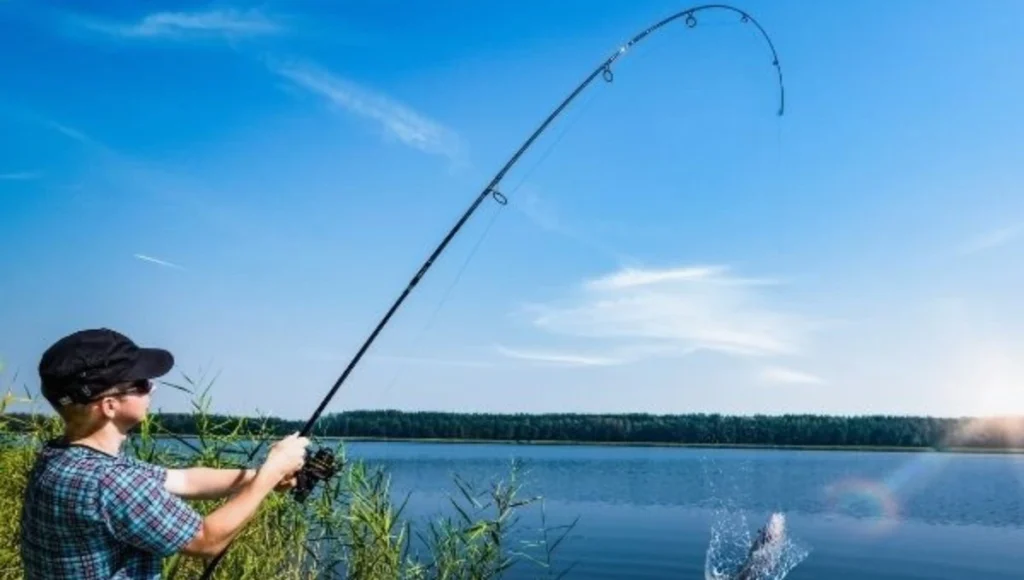
When it comes to surf fishing, choosing the right braided line is essential. The best-braided line for surf fishing should have qualities like strength, sensitivity, and durability. It should be able to handle the challenges of casting from sandy beaches or rocky shorelines.
Look for a braided line with a high LB test rating, typically ranging from 20 lbs to 50 lbs or higher, depending on the size of the fish you’re targeting and the surf conditions. Opt for a line with a thinner diameter, as it offers less water resistance, allowing for longer casts and better sensitivity to detect bites.
Choose a braided line with excellent abrasion resistance to withstand contact with rough surfaces. Colors like moss green, dark green, or gray are good choices for low-visibility in clear water. Some popular options for the best braided line for surf fishing include PowerPro Super 8 Slick V2, Daiwa J-Braid Grand, and Sufix 832 Advanced Superline.
Is 50LB Braid Good for Surf Fishing?
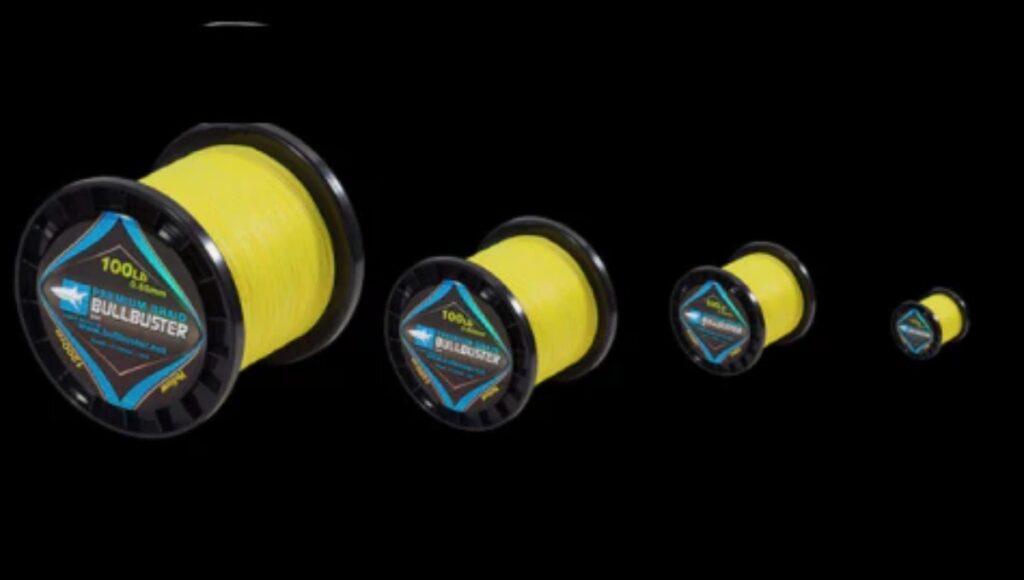
Using a 50lb braid for surf fishing can be a good choice, especially if you’re targeting larger fish in the surf. The 50lb strength provides the durability needed to handle the strong pulls and challenges that come with surf conditions. It offers a good balance between strength and flexibility, making it suitable for casting long distances while still having the power to handle bigger catches.
This braid is particularly helpful when dealing with rough waves and potentially abrasive surfaces, ensuring that your fishing line remains strong and reliable. Overall, a 50lb braid is a solid option for surf fishing, providing the strength required for a variety of conditions and fish sizes.
What is the Best Test line for a 15 lb Fish?
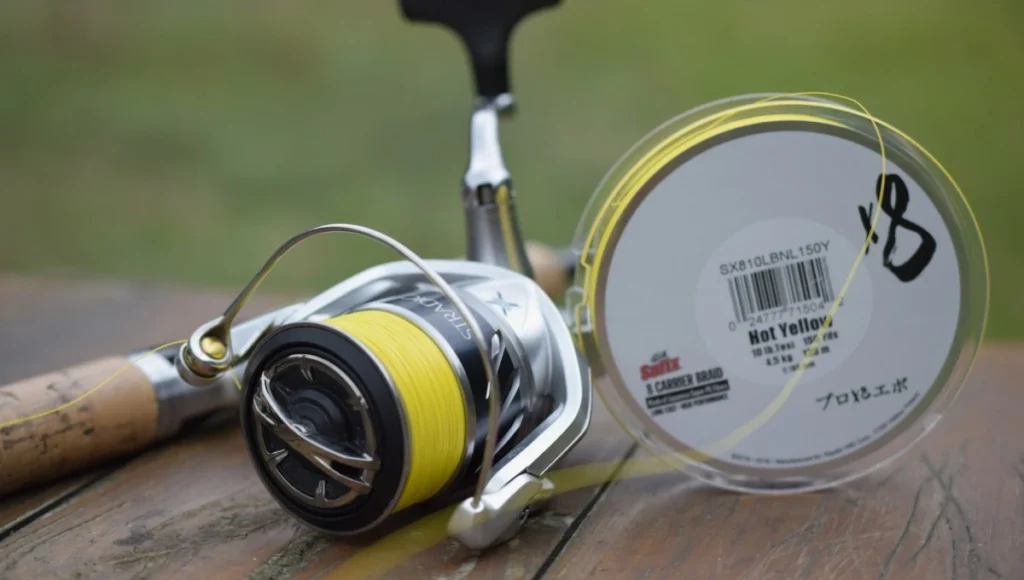
For catching a 15-pound fish, the best fishing line test would typically be around 15 to 20 pounds. This ensures that the line is strong enough to handle the weight and fight off the fish without risking a break.
Using an appropriate test line is crucial because if the line is too weak, it might snap during the fight, and if it’s too heavy, it could affect the fish’s ability to bite.
So, a 15 to 20-pound test line strikes a good balance, giving you the strength needed to reel in a 15-pound fish while maintaining the sensitivity to feel the bites and movements.
Should you use fluorocarbon or mono-filament fishing lines?
I won’t dive into the debate about fluorocarbon and monofilament fishing lines because, to be honest, I haven’t noticed a significant difference between the two. While fluorocarbon might have a slight advantage with sharp-eyed fish, the difference is minimal, in my view.
Since fluorocarbon lines cost two or three times more than monofilament, I stick with monofilament for my leaders. The strength of the leaders you need depends on the size of the fish you’re targeting.
Imagine you’re going after pompano, using 4 ounces of lead to cast your bait. In this case, you’ll need a 30-pound leader to prevent your line from snapping during the cast. Adding a shock leader between your main line and the hook-tied leader might be necessary.
The shock leader should be around 30 feet long to prevent casting off heavy sinkers. For weights up to 2 or 3 ounces, a 30-pound shock leader should suffice, but heavier sinkers might require 40 or 50 pounds. If the current is weak and Pompano is close to shore, you can get away with 15 or 20-pound leaders.
Now, if you’re surf fishing for big tarpon, you’ll need leaders with 80 to 100-pound tests. It all comes down to choosing the best leader based on the day’s fishing circumstances. Consider factors like the current strength, casting distance to the fish, and the types and sizes of the fish you’re targeting.
Frequently Asked Questions
Conclusion
Selecting the appropriate LB test for surf fishing in 2024 is crucial for landing your desired catch while ensuring the durability and performance of your fishing line. Consider the target species, fishing conditions, technique, and personal preference when making your LB test choice.
Remember, these recommendations are general guidelines, and it’s always important to adapt to specific situations and adjust your LB test accordingly. Happy surf fishing!
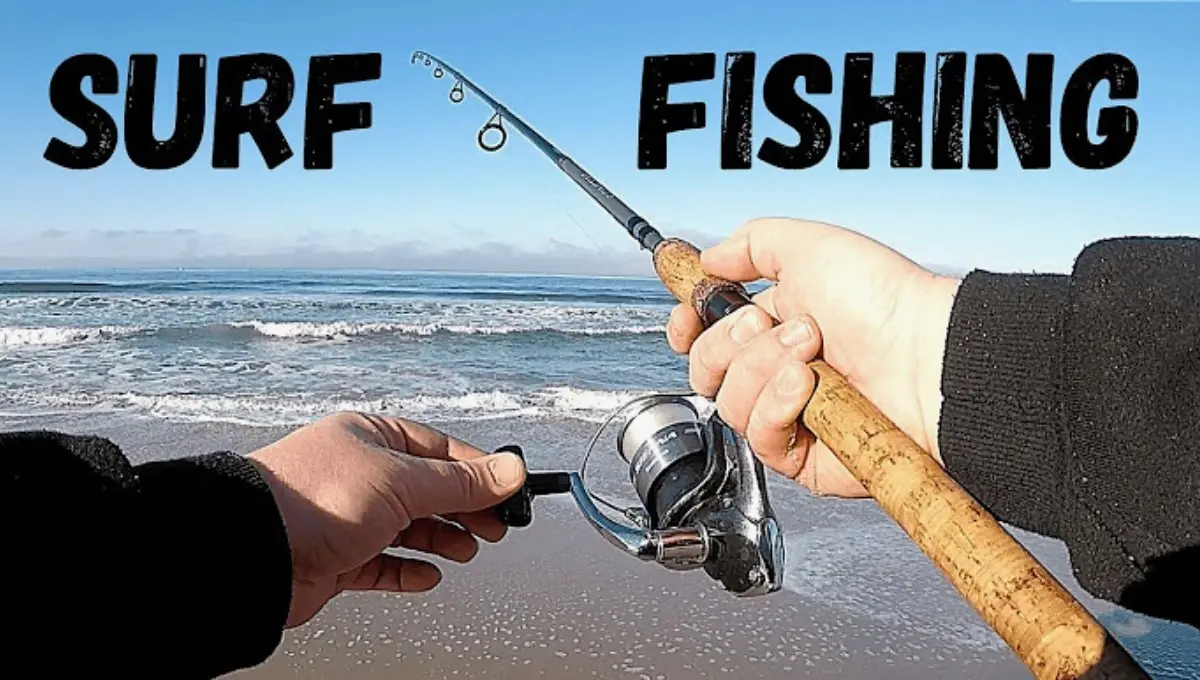
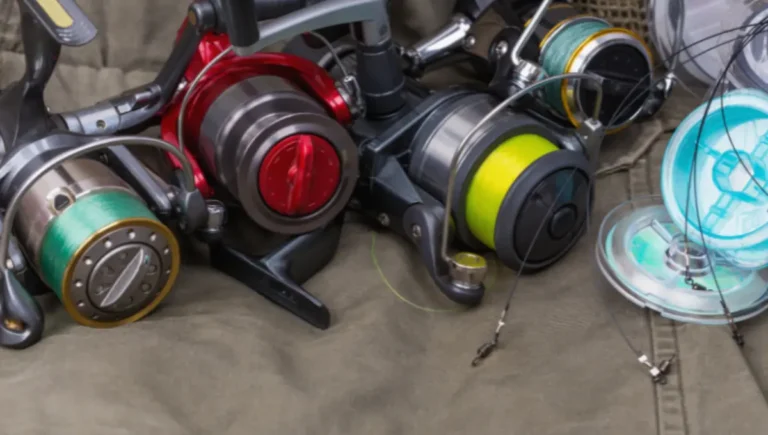
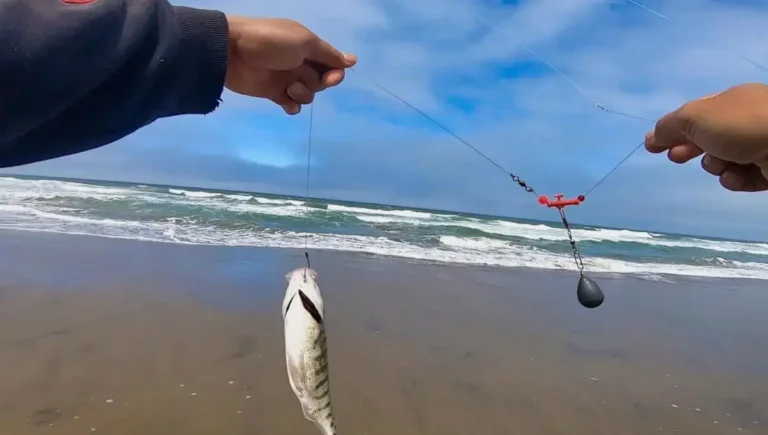
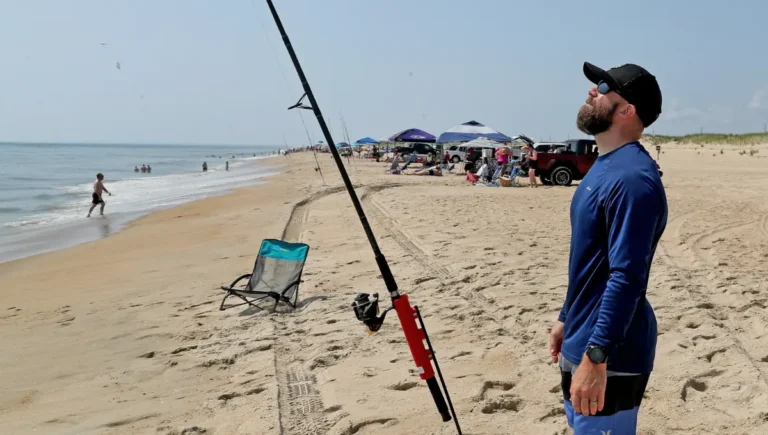
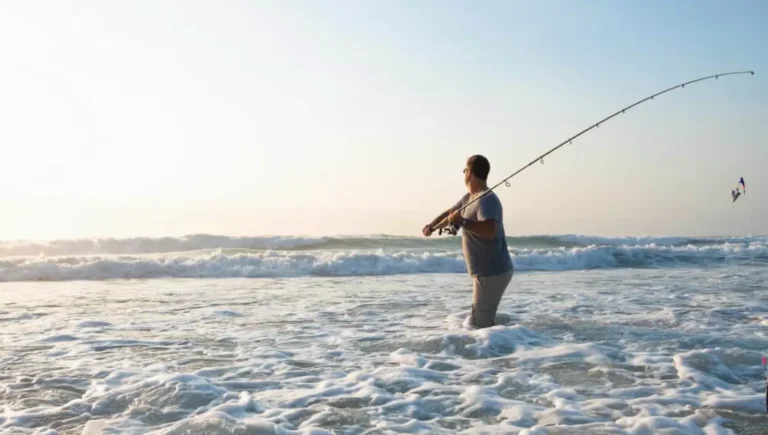
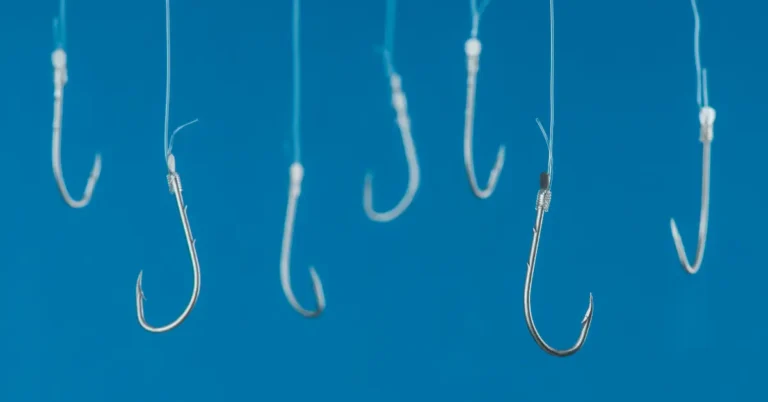
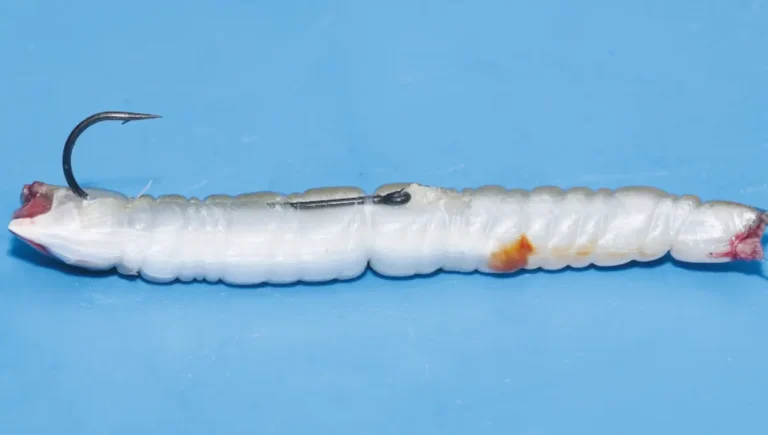
One Comment